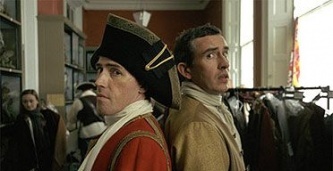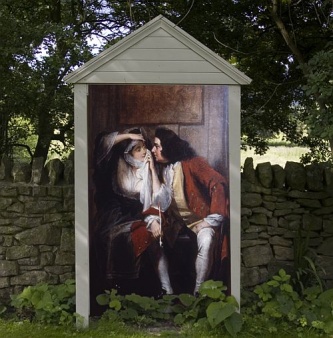When Laurence Sterne published Tristram Shandy in 1759, another creative thinker, Carl Linneaus was enlightening the world in a different way with his classification of the natural world. He was described by the writer Strindberg as ‘a poet who happened to become a naturalist.
Observations / Transformations is a creative project which takes inspiration from close observation of the natural world. Unlike butterflies, moths are often unfamiliar insects due to their largely nocturnal lives. We see them pinned and displayed in Victorian glass cabinets or encounter them as unwelcome summer guests inside the house, attracted by electric light and an open window but we often fail to see their real beauty.
Shandy Hall and York Museums Trust formed a partnership to bring moths into focus. A programme of moth trapping, which has been running at Shandy Hall since 2005, is part of this practice of observing, photographing, identifying and recording live moths in their natural habitats and then safely releasing them.
Trapping took place throughout Summer 2014 in both the Yorkshire Museum Gardens and Shandy Hall Gardens to show how remarkable, extraordinary and beautiful moths are – to help a greater understanding of their largely invisible presence. Many species, previously unrecorded have been discovered including a rare micro-moth never before seen in Yorkshire. To that date over 350 different species of moths had been identified at Shandy Hall, some of which may have ancestors among the nineteenth-century Allis Collection specimens on display in the Exhibition ‘A Kaleidoscope of Moths’.
During the project students from Goldsmiths University London worked with students from Yamanashi Prefectural University in Japan in creating Haiku based on moths.
The project culminated in a multimedia performance with music, poetry, and readings at York University.
Free partnership events took place at the Yorkshire Museum including Haiku workshops, nature illustration and moths.




















